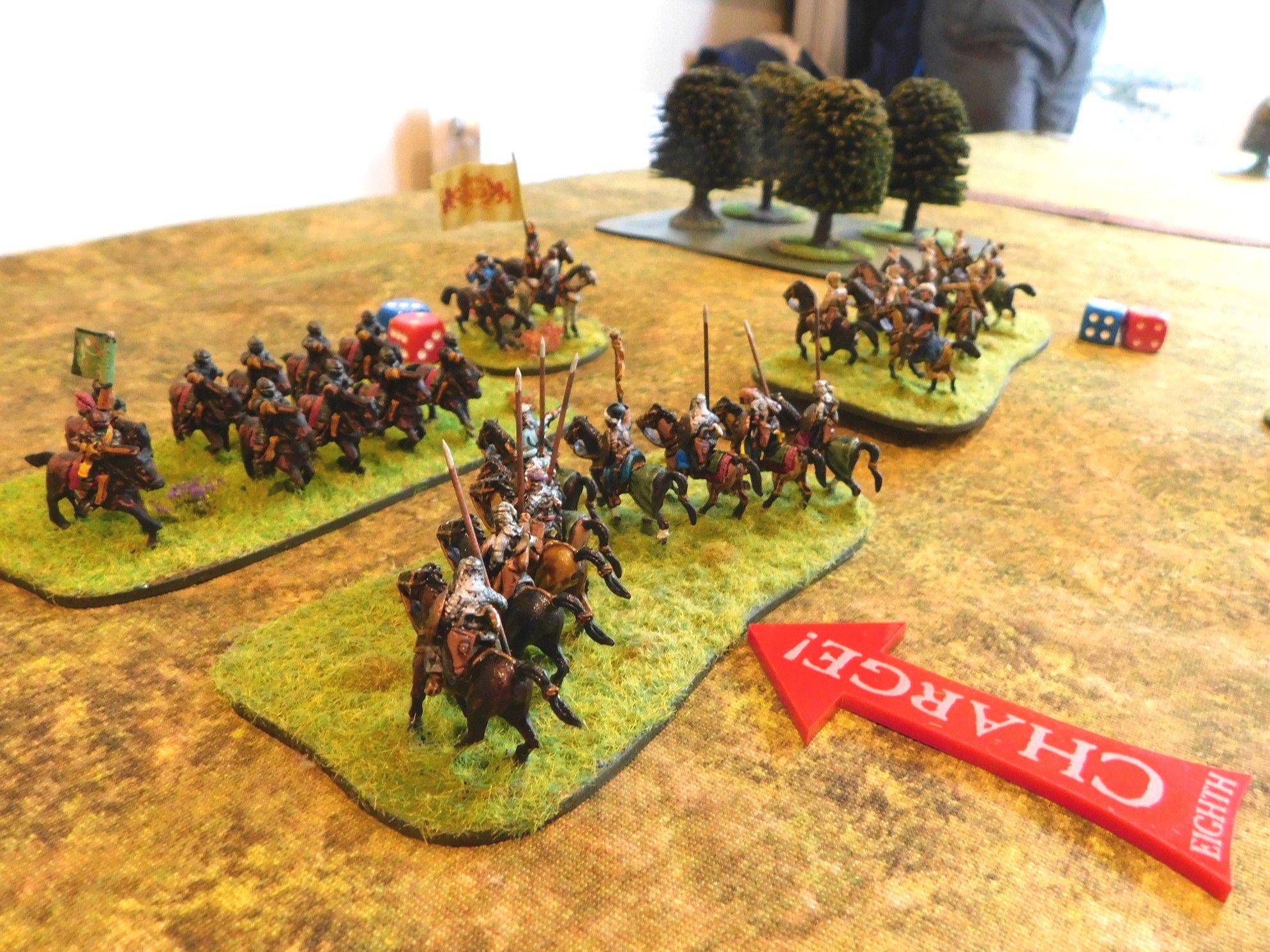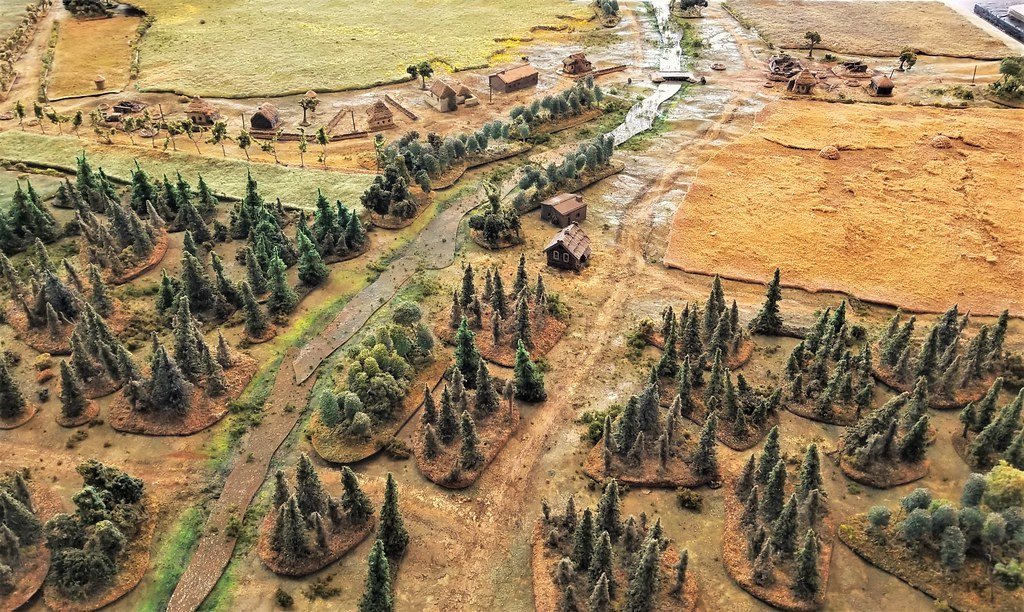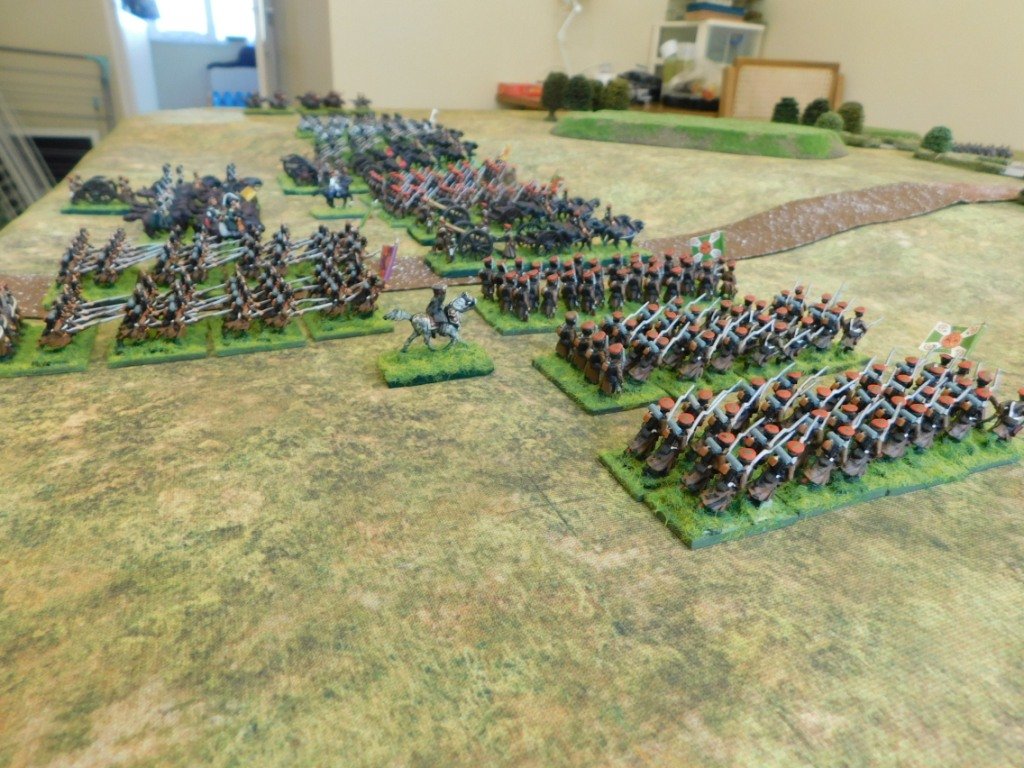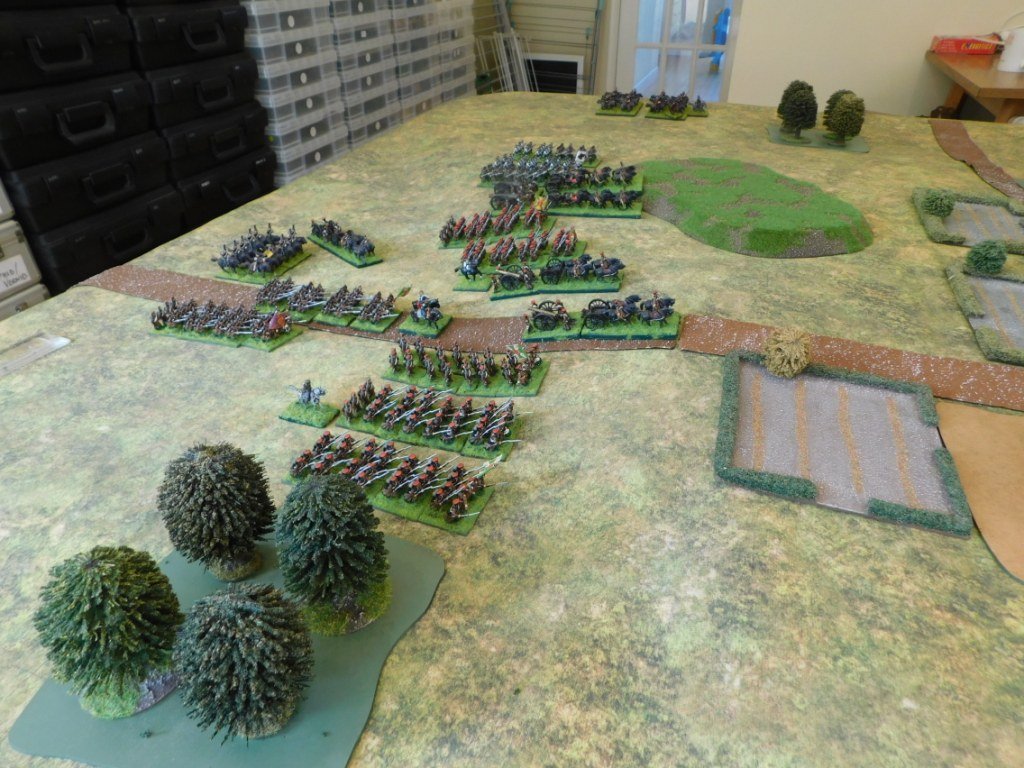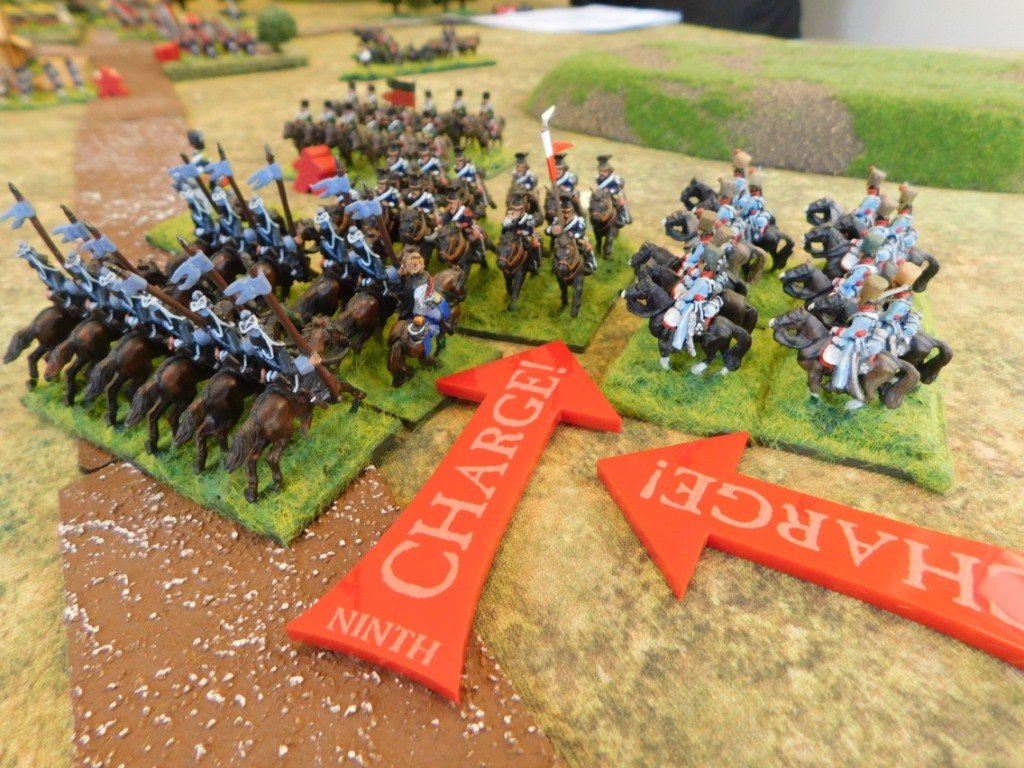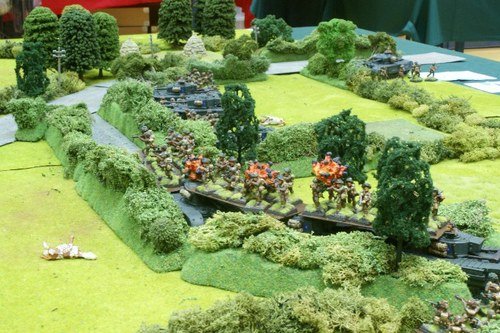A New Project: Afrika Korps
/One of the gaps in my collection of WW2 figures is the Afrika Korps. I have Western Desert Brits and Italians, but no Germans. When, therefore, I was at the Vanquish show a couple of weeks ago, and saw the Battlefront Kasserine boxed set, already good value at £42 for twenty-one vehicles/guns, reduced by another 20% by those nice gentlemen from The Pit, I quickly reached for my wallet and snapped it up.
I also bought one of their Team Yankee sets to join the others currently languishing in the lead mountain: so when I do eventually get around to painting some modern Russians, I will have everything I need to hand.
Anyhow, those who are regular readers will know that this year’s rule is that I’m only allowed to paint something new if I also paint something from the lead mountain as well. Lucky then that also lurking at the back of the cupboard of shame was the Battlefront 90th Light Africa Division “themed formation” box set that I’d also picked up at a heavy discount somewhere else. A quick shop to buy the right paints and bases etc, and I was ready to go.
SdKfz 6/3 “Diana”
The first unit off the painting table was a zug of SdKfz 6/3 “Diana” self-propelled anti-tank guns, unique to the aforementioned 90th Light Africa Division. There were only nine of these ever produced but, hey, I might be able to field them one day even if I have to write the scenario for myself.
The models were very easy to put together, even the usually tricky ‘mounting the gun and shield’ bit and, as you can hopefully see, paint up nicely as well. I painted the crew figures (there are two manning the gun in the back) effectively on the sprue by cutting a small slit in a blister pack blister and fitting the tab on the end of the crewman figure into the slit. That was much easier than detaching them and trying to hold a small tab whilst painting.
PaK 36(r) 7.62mm AT Guns
Next up, and from the same 90th Light Africa Division boxset were some ex-Soviet anti-tank guns. These had been captured in 1941 and re-purposed for north Africa.
The models (metal guns with plastic crews) also went together very well, although I had the usual problems with getting the gun barrels absolutely straight after the mangling they had taken in the Battlefront factory and in transit. Is it really so hard to take what is arguably the most important part of the model, or certainly one of the most noticeable parts, and ask your staff to be particularly careful when extracting them from the mold?
Finally I was on to the first unit from the Kasserine box set: a zug of PaK 38 anti-tank guns. The whole box set is plastic, so these needed to be clipped from a sprue before use.
Pak 38 5cm AT guns
Now plastic gun barrels don’t bend like the metal ones but you have to very careful when clipping them from the sprue, as thin barrels can flex as the clippers go in and end up snapping…which is what happened to the gun at the back in the photo above. I glued the barrel back together, but it just looks wrong at most angles. How very annoying! Of course I could have scrabbled around in the bits box for a different barrel, or sent off for a replacement etc, but I was painting them now, so I didn’t, so will have to put up with the wonky barrel for evermore!
So that’s a fair start on the Afrika Korps. Nine Panzers to paint and then I’d better think about what infantry to buy…and what I’m going to paint from the lead mountain to justify that expenditure!
Colours
Vehicles and guns were undercoated with Army Painter Desert Yellow spray then washed with GW Agrax Earthshade. They were then dry-brushed with Vallejo Iraqi Sand.
Crew were undercoated with GW Wraithbone spray then the uniforms block painted using Vallejo Yellow Green. I painted this lot wearing full Afrika Korps uniforms, but when I come to do the infantry, there’ll be a mix of Afrika Korps green and Italian yellow elements i.e. trousers, tops, caps. The helmets, gas mask cases and webbing were Iraqi Sand. The whole figure was then washed using GW Agrax Earthshade. I had then intended to highlight using Yellow Green, and did on the crew for the Dianas but, to tell the truth, it didn’t make much difference, so I just highlighted the faces on the gun crews (forehead, nose, chin, cheeks).












